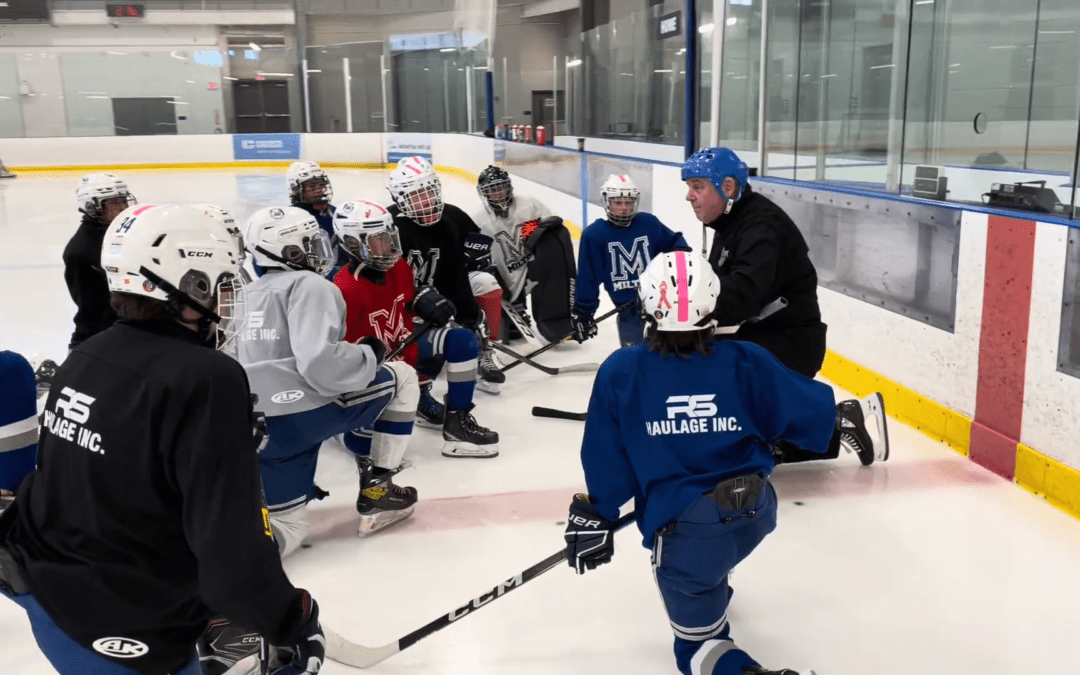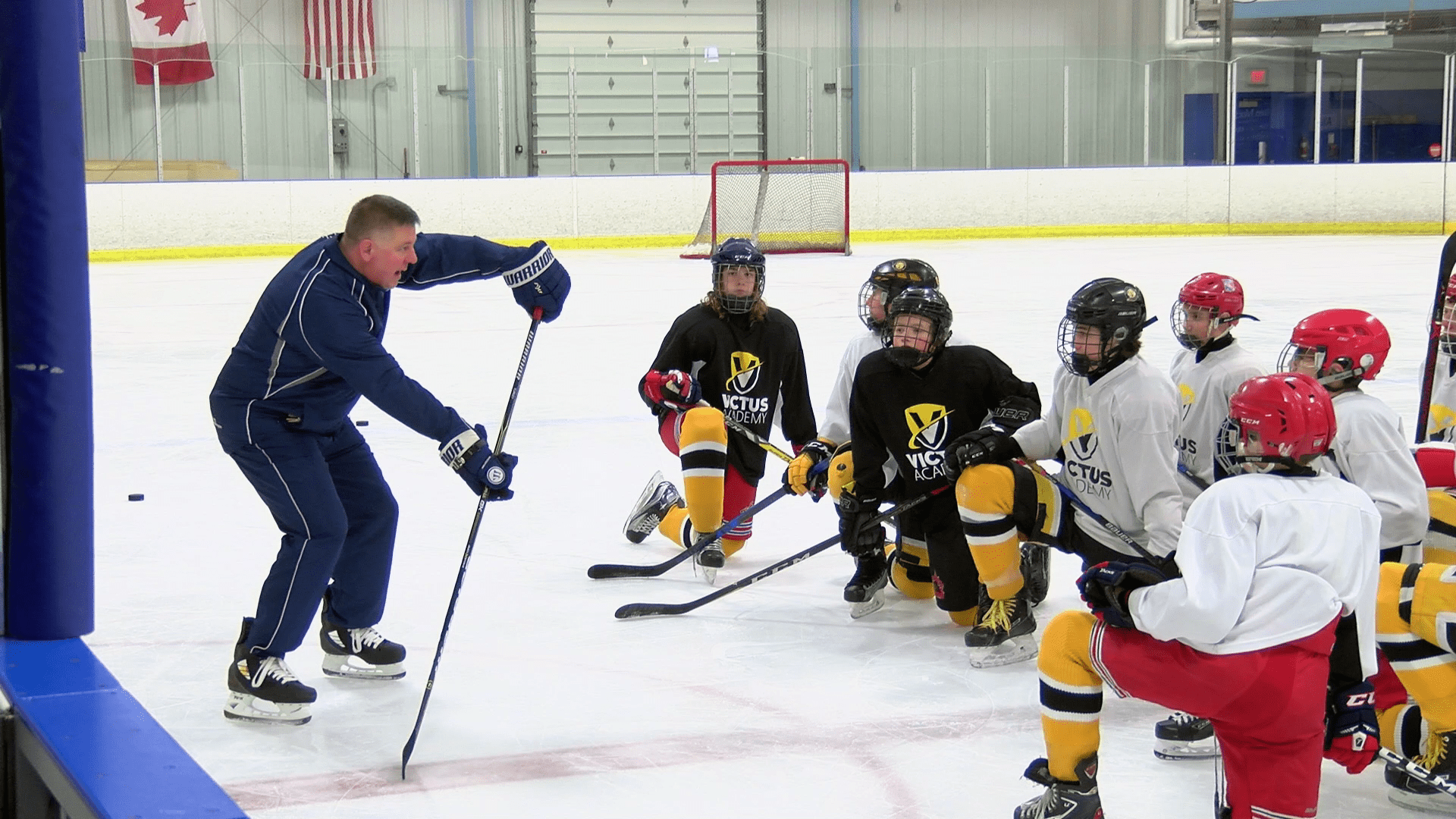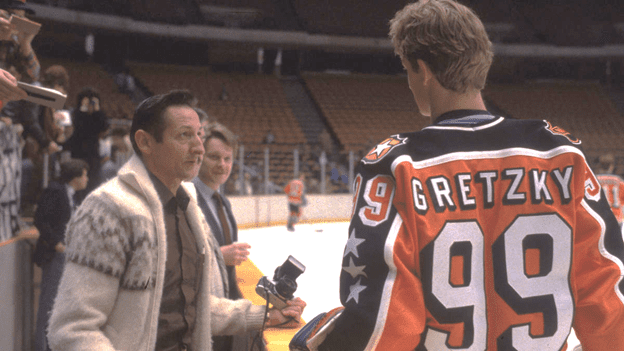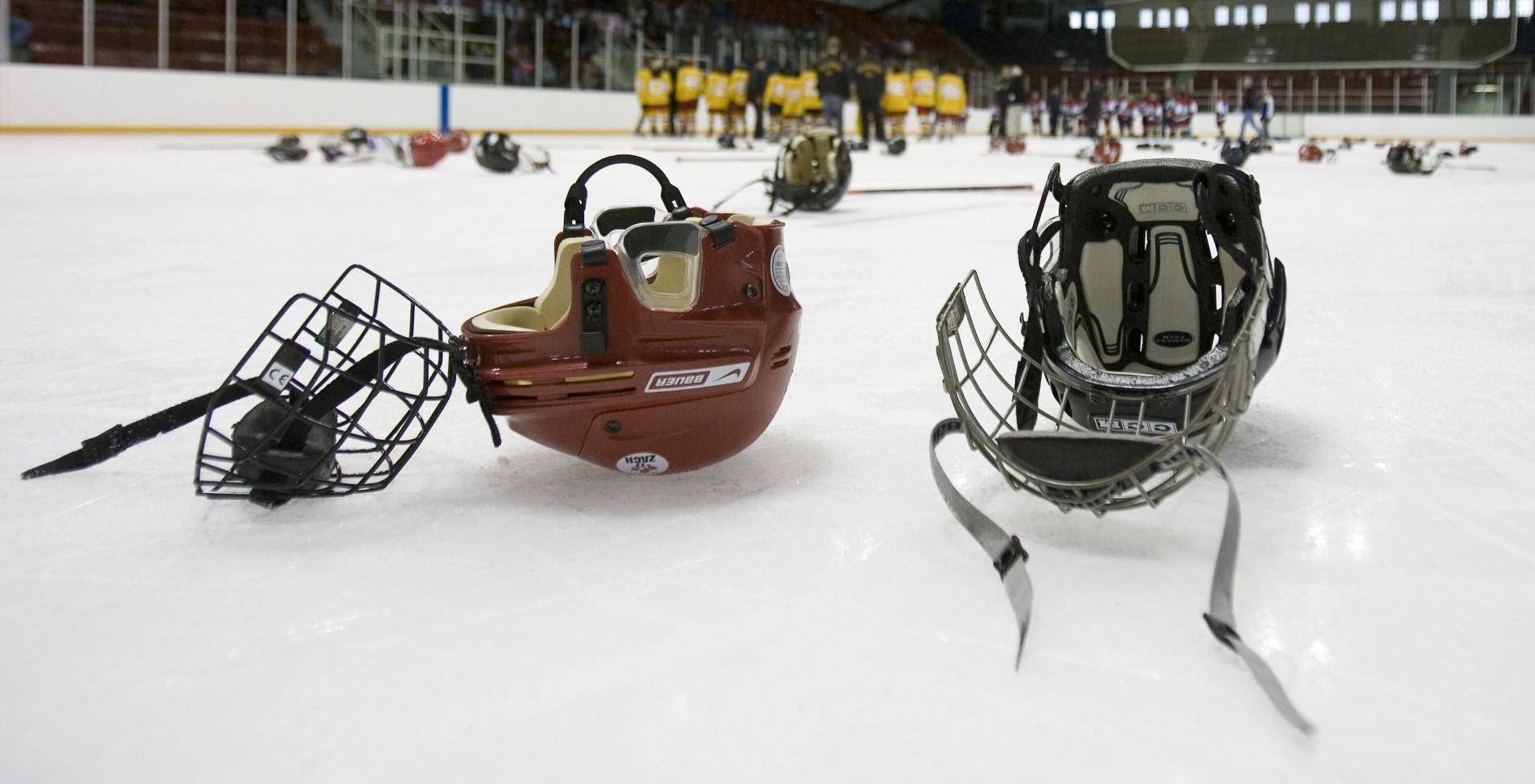For decades, Canada held the position of the world’s best hockey country. We would dominate at international tournaments like the Olympics and the World Junior Championships. Other countries could hang with us and occasionally win, but for the most part, Canadian teams were the ones to beat. Anything less than a gold medal or championship would disappoint the players and the Canadian fans.
But over the past few years, things have changed. Canada has not been as dominant on the world hockey stage. There is a lot more parity in today’s game with strong squads from every European country. For Canadians, perhaps the most difficult part about global hockey parity is the emergence of the United States as a bonafide hockey power.
Hockey has always been the one sport that Canada has excelled at compared with the United States. But after decades, the Americans have caught up to Canada in hockey too. With some of the best NHL players now hailing from America, it’s time to take a look at the improvements made in the US developmental hockey program. This article will discuss the differences and similarities between Canadian and American youth hockey and how America has taken strides to match Canada in global hockey supremacy.
Youth Hockey in Canada vs USA: Differences
Perhaps we should begin the discussion with the major differences between the two countries. These have to be taken into account when comparing the two minor hockey programs. The most important difference is the population of the United States which is about ten times the population of Canada.
In the United States, sports like football and baseball have always been the first choice for many youths. But hockey is starting to gain popularity, especially given the recent success of many American NHLers. So when you have ten times the population, you are naturally going to get a larger pool of players to choose from. This does put the USA minor hockey and development program at an advantage to Canada.
Where Canada has an advantage is that a larger part of the population is dedicated to hockey compared to other sports. Minor hockey is a rite of passage in Canada and is usually the first choice for many Canadian families.
Major Junior vs. Collegiate Level
One of the biggest differences is the higher levels of hockey development. In Canada, players tend to graduate to their Provincial leagues like the BCHL or the OJHL. This is one level below the CHL which is considered one of the highest junior levels of hockey in the country.
In the United States, there are regional junior leagues as well but often players will aim to play in the NCAA college system. This is similar to other sports like basketball and football, where the College level is considered the highest level before the professional leagues.
In recent years, the gap has closed between the two developmental programs. While most Canadian players will head through the Major Junior system, the NCAA College program is pumping out some of the NHL’s biggest stars. These include players like Cale Makar, Jack Eichel, and Adam Fox.
Remember, there are Canadians who go through the NCAA system and Americans who play in Major Junior. Both programs are excellent for developing NHL talent!
American High School Teams
An interesting and unique aspect of minor hockey in America is the rising popularity of high school teams. This is a perfect springboard to the NCAA college system just as it is with other sports. We all know how popular high school sports are in America so it should not be surprising that this has started to include ice hockey as well.
In America, high school teams are often thought to be more important than local leagues or Rep teams. But in Canada, local leagues are the primary focus for young players, mostly because high school teams are not as prominent.
Youth Hockey in Canada vs USA: Similarities
At the heart of hockey development, much is the same between Canada and the United States. The two countries develop the same type of hockey mentality: tough and physical while also utilizing talent and skill. It’s a good balance that has served both countries well in the NHL and international matches.
The cost of minor hockey is also something families in both countries need to deal with. With equipment, travel, and league fees, ice hockey remains one of the more expensive sports to play. This is especially true when compared to other popular youth sports like soccer and basketball which require very little equipment at all.
Dedication From a Young Age
Whether you grow up playing hockey in the United States or Canada, players need to prepare to sacrifice for their development. Dedication to hockey starts at a young age. In Canada, the competition is already fierce to get to the higher levels of junior hockey and it is getting competitive in the United States as well.
Not only do players need to sacrifice for their development but families do too. This isn’t just isolated to North America either. Any NHL player will tell you how much they gave up and how much their families sacrificed so that they could get to where they are now.
Hockey Canada vs Hockey USA National Team Development Program
While both programs have some differences in how they develop players, both are also recognized as two of the top programs in the world. Both of these national programs have been developing elite hockey players for decades.
Hockey Canada has been the gold standard for player development for as long as anyone can remember. From the grassroots movement up to Team Canada at the Olympic games, few programs can compete with the success that Hockey Canada has had.
Hockey USA and the National Team Development Program have come a long way in recent years. This is evident in the number of high-quality players and high NHL draft picks it has produced. Hockey USA deserves high praise for managing to grow the game’s popularity in America. It’s difficult to compete with baseball, football, and basketball but youth hockey popularity in the US is higher than it has ever been.







